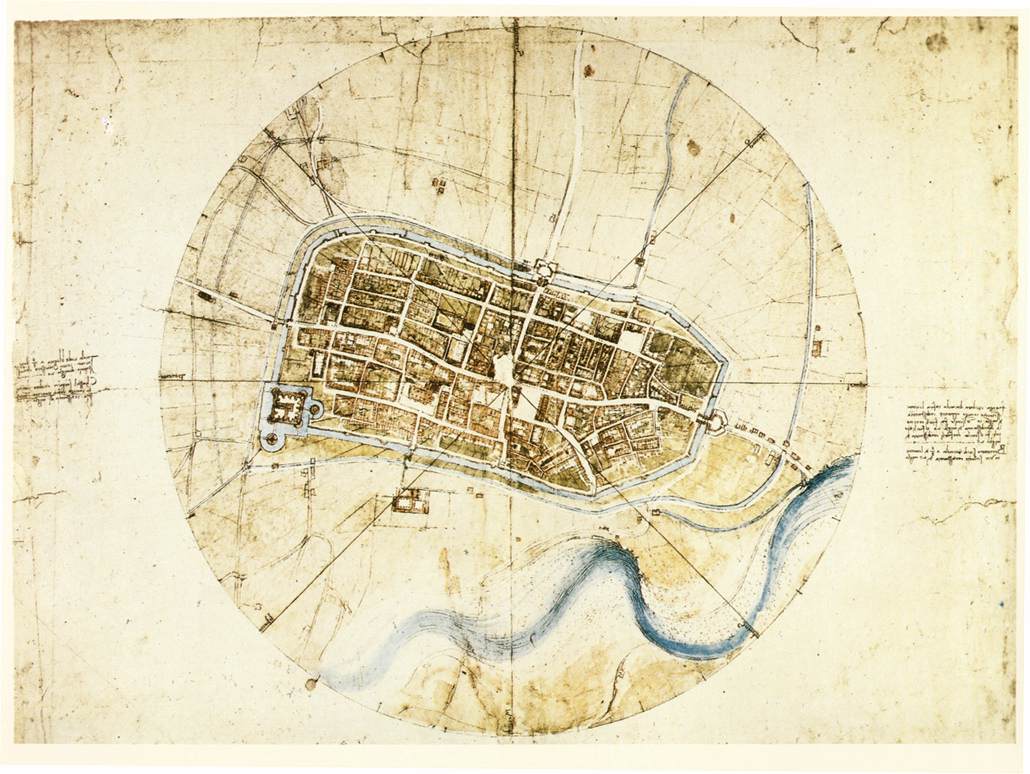Walter Isaacson’s Leonardo da Vinci was a gift from a while back. I’d read and enjoyed a few of his earlier books and read the Leonardo biography while in Kauai last month. It’s a worthwhile read, even if you’re already familiar with Leonardo’s life.
Isaacson opens by encouraging us to be wary of applying the word “genius” to Leonardo. Instead he portrays a man who was routinely human: someone who worked hard, made mistakes, and had an insatiable curiosity. His skill and imagination were practiced crafts.
The acuteness of [Leonardo’s] observational skill was not some superpower he possessed. Instead, it was a product of his own effort.
The book is a 500-page detailing of Leonardo’s life. And rather than even attempt to summarize, I want to instead pull out a couple things I learned.
The first is that Leonardo had the good fortune, at least retroactively speaking, of being born out of wedlock. 15th-century Italy being what it was this meant he escaped, and was even barred from, any obligation as a first-born son to follow his father’s trade. His father was a successful notary. Thankfully Leonardo was not. And while Leonardo’s notebooks indicate he picked up the note-taking mindset, he was free to pursue other work.
Another aspect that Isaacson covers throughout is Leonardo’s approach to problem-solving. Given what he was able to create, Leonardo was a relatively uneducated man. He had a limited formal education, struggled to learn Latin and math, and for much of his life preferred his own experience over handed-down knowledge. And yet he was able to create and engineer works of remarkable complexity. Isaacson ties this success to Leonardo’s ability for visual thinking. He relied far more on geometry and analogy than he did formulas and math.

Isaacson also describes how, in the winter of 1502, a serendipitous series of events led to Leonardo, Machiavelli, and Cesare Borgia all residing in the town of Imola. As he writes:
Imagine the scene. For three months during the winter of 1502-3, as if in a historical fantasy movie, three of the most-fascinating figures of the Renaissance—a brutal and power-crazed son of a pope, a sly and amoral writer-diplomat, and a dazzling painter yearning to be an engineer—were holed up in a tiny fortified walled town that was approximately five blocks wide and eight blocks long.
As best I can tell there’s one notable book about that connection. It’s on my reading list and something I hope to dig into more.